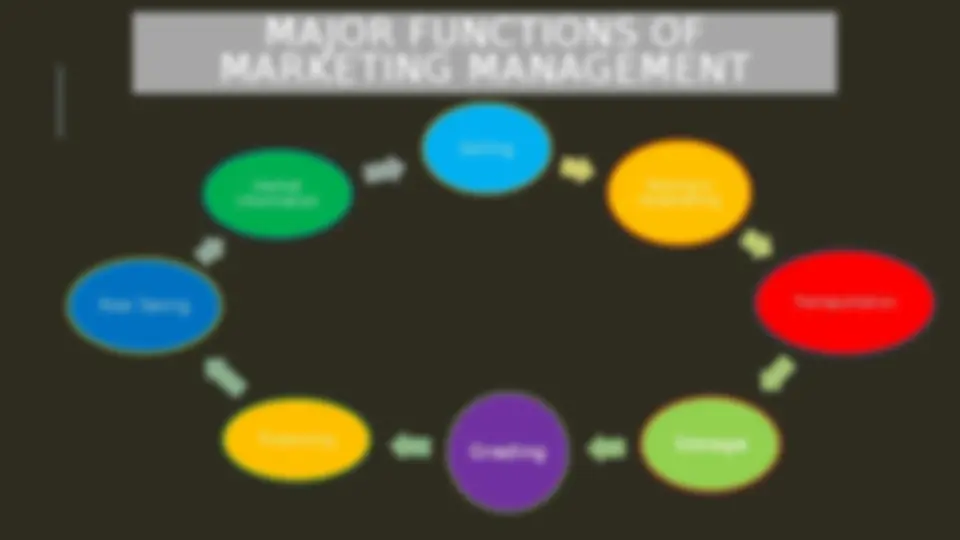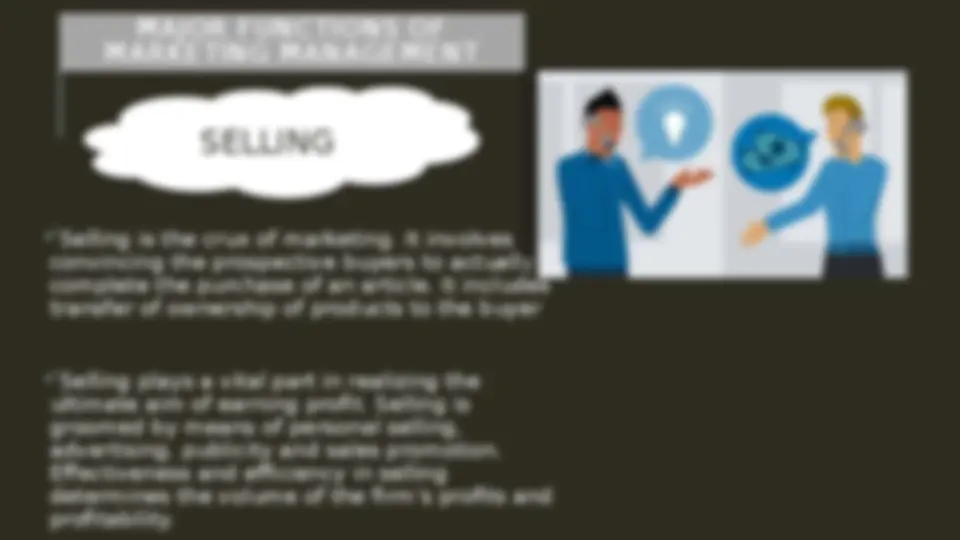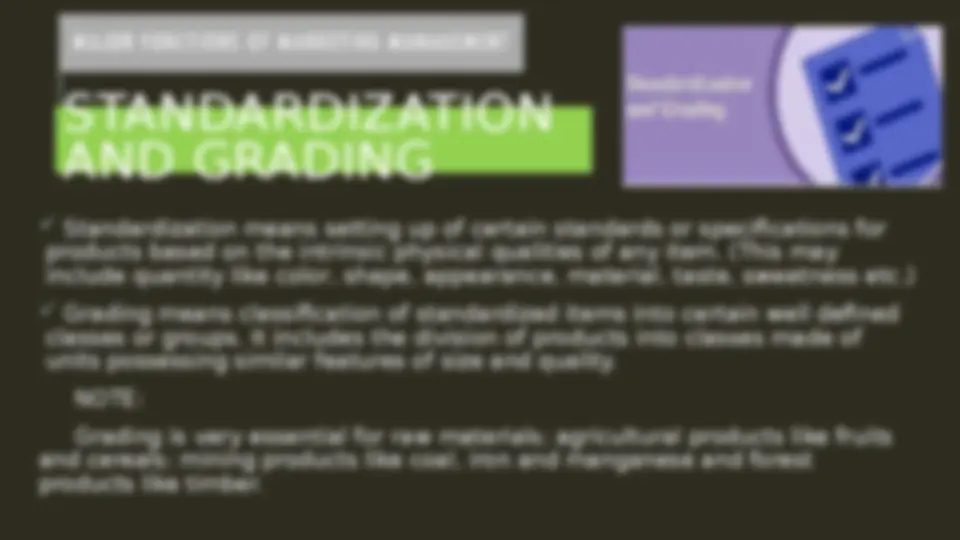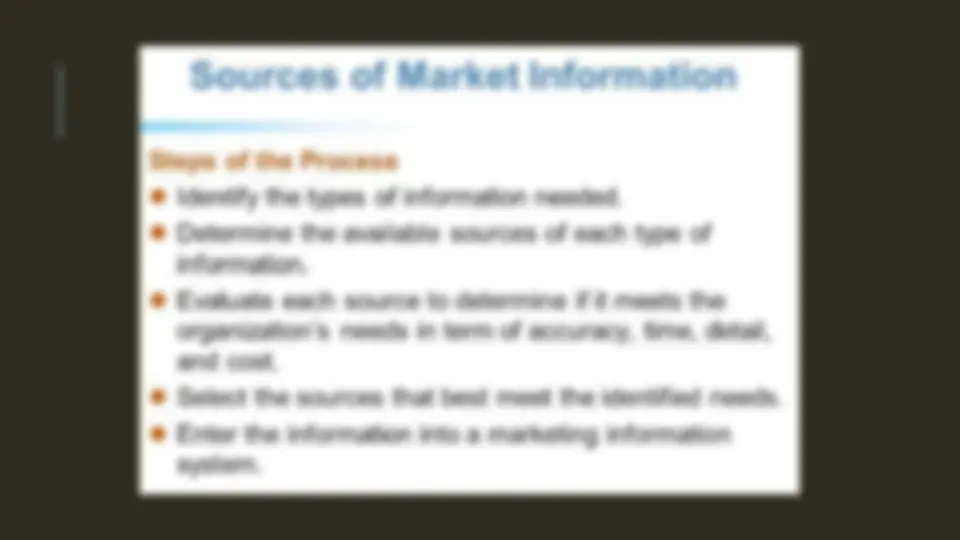










Study with the several resources on Docsity

Earn points by helping other students or get them with a premium plan


Prepare for your exams
Study with the several resources on Docsity

Earn points to download
Earn points by helping other students or get them with a premium plan
Community
Ask the community for help and clear up your study doubts
Discover the best universities in your country according to Docsity users
Free resources
Download our free guides on studying techniques, anxiety management strategies, and thesis advice from Docsity tutors
How engineers manage the marketing
Typology: Lab Reports
1 / 14

This page cannot be seen from the preview
Don't miss anything!









By: Rhea S. Tabanao BSCE-2B
Selling is the crux of marketing. It involves convincing the prospective buyers to actually complete the purchase of an article. It includes transfer of ownership of products to the buyer Selling plays a vital part in realizing the ultimate aim of earning profit. Selling is groomed by means of personal selling, advertising, publicity and sales promotion. Effectiveness and efficiency in selling determines the volume of the firm’s profits and profitability. SELLING^ SELLING
(^) It deals with what to buy, of what quality, how much from whom, when and at what price. People in business purchase to increase sales or to decrease costs. Purchasing agents are much tempted by quality, service and price. Assembling means buying necessary component parts and to fit them together to make a product. The assembly operation includes the arrival of individual component parts at the work place and issuing of these parts for assembling. ‘ASSEMBLY LINE’ marks a production line made up of purely assembly functions. It is an arrangement of employees and machines in which each individual has a particular job and the work is passed directly from one employee to the next until the product is complete. Buying and Assembling
(^) It includes holding of products in proper, i.e., usable or sealable, condition from the time they are produced until they are required by costumers in case of finished products or by the production department in case of raw materials and stores. (^) Storing protects the products from deterioration and helps in carrying over surplus for future consumption or usage in production.
(^) Standardization means setting up of certain standards or specifications for products based on the intrinsic physical qualities of any item. (This may include quantity like color, shape, appearance, material, taste, sweetness etc.) (^) Grading means classification of standardized items into certain well defined classes or groups. It includes the division of products into classes made of units possessing similar features of size and quality. NOTE: Grading is very essential for raw materials; agricultural products like fruits and cereals; mining products like coal, iron and manganese and forest products like timber.
(^) Risk bearing in marketing means the financial risk invested in the ownership of goods held for an anticipated demand, including the possible losses because of fall in prices and the losses from spoilage, depreciation, obsolescence, fire and floods or any other loss that may occur with the passage of time. (^) They may also be due to decay, deterioration and accidents or due to fluctuation in the prices induced by changes in supply and demand. The different risks are usually termed as place risk, time risk, physical risk, etc.
(^) The importance of this facilitating function o marketing has been recently marked. The only sound foundation on which marketing decisions depend is timely and correct market information.